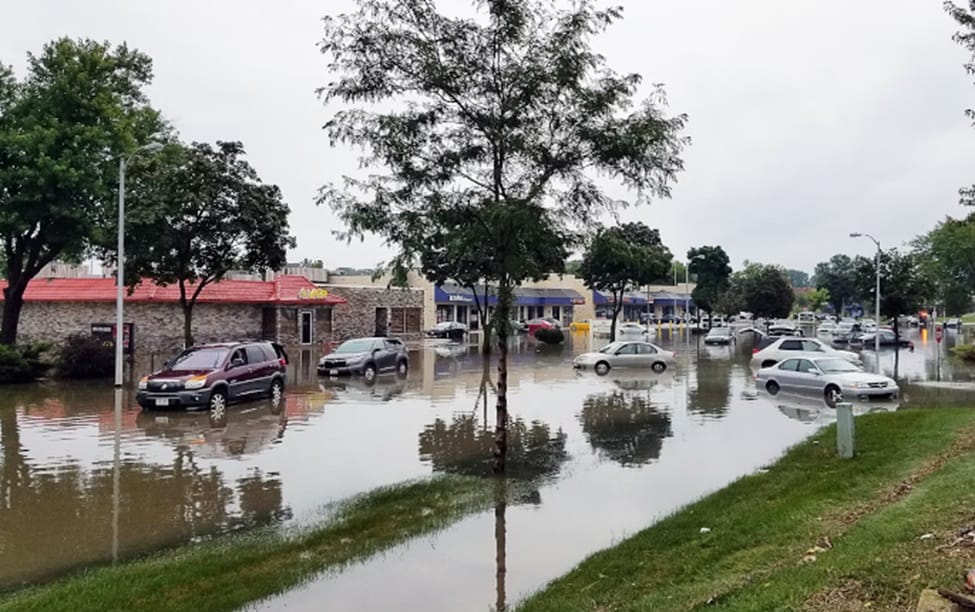Water damage can create the perfect environment for mold growth, posing health risks and compromising the integrity of your home. Whether it’s from a burst pipe, a leaky roof, or flooding, addressing water damage promptly and effectively is crucial to prevent mold growth.
To help you protect your home and health, here are five essential tips to prevent mold after water damage.
Act Quickly to Dry Out Affected Areas
The key to preventing mold growth after water damage is to act quickly to dry out affected areas. Mold can begin to grow within 24 to 48 hours in damp, humid conditions, so it’s essential to start the drying process as soon as possible.
Use fans, dehumidifiers, and air movers to increase air circulation and remove excess moisture from the air and surfaces. Open windows and doors to promote ventilation and aid in the drying process. Remove waterlogged materials such as carpeting, upholstery, and insulation that cannot be salvaged to prevent mold growth and further damage.
Remove Standing Water
Standing water and moisture sources provide ideal conditions for mold growth, so it’s essential to remove them promptly to prevent mold from taking hold. Use pumps, wet-dry vacuums, or towels to remove standing water from floors, walls, and other surfaces.
Check for hidden moisture sources such as leaking pipes, roof leaks, or condensation buildup and address them immediately. Repair any leaks or sources of water intrusion to prevent ongoing moisture problems and reduce the risk of mold growth in your home.
Clean and Disinfect Affected Surfaces
Once you’ve dried out the affected areas, it’s essential to clean and disinfect surfaces to remove any remaining mold spores and prevent mold growth. Use a solution of water and detergent to clean hard surfaces such as walls, floors, and countertops.
Consider using a commercial mold remover or a mixture of water and vinegar to disinfect surfaces and kill mold spores. Pay special attention to areas that were directly affected by water damage, as well as areas that are prone to moisture buildup, such as bathrooms, kitchens, and basements.
Monitor Humidity Levels and Ventilation
Maintaining proper humidity levels and ventilation is essential for preventing mold growth in your home. Keep indoor humidity levels between 30% and 60% to create an environment that is less conducive to mold growth.
Use dehumidifiers to reduce humidity levels in areas prone to moisture buildup, such as basements, bathrooms, and laundry rooms. Ensure that your home is properly ventilated to allow moisture to escape and prevent condensation buildup.
Inspect and Maintain Your Home Regularly
Regular inspection and maintenance of your home’s plumbing, roofing, and HVAC systems are essential for mold remediation. Inspect your roof, gutters, and downspouts regularly for signs of damage or leaks, and repair any issues promptly to prevent water intrusion.
Check for leaks or moisture buildup around plumbing fixtures, appliances, and HVAC components, and address any issues immediately. Keep drains clear and free of debris to prevent backups and water damage. By staying proactive and vigilant, you can identify and address potential water damage issues before they escalate into costly mold problems.



